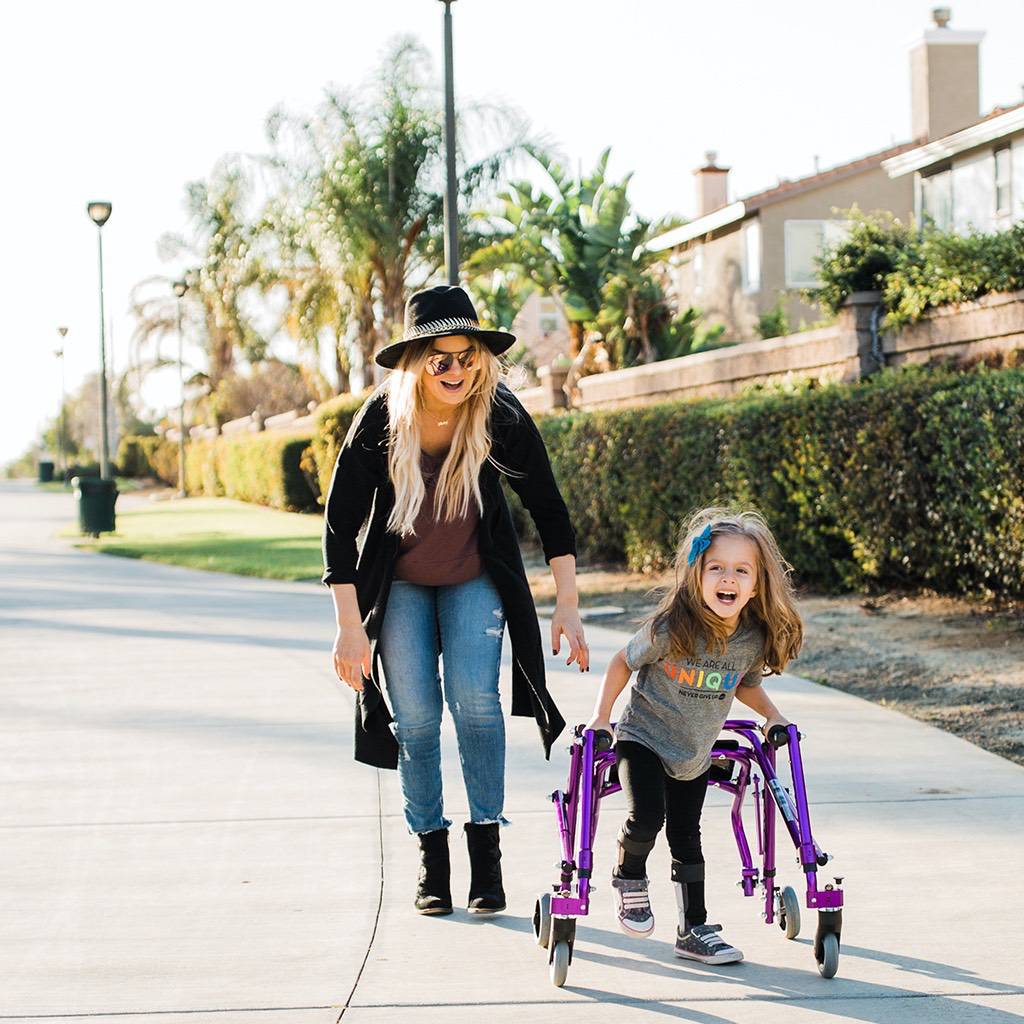Cart
- Home
- Shop
- Collections
- the Journal
- MobilityFunder™
- Home
- Shop
- Collections
- the Journal
- MobilityFunder™
The Journal: Understanding Mobility and Gait Training Adaptive Equipment
© 2024 Tadpole Adaptive, LLC, All Rights Reserved
Need a Quote?
To obtain a quote for this product, customize it with the required specifications (size, color, accessories, etc) using the 'Add to Quote' button. Then, fill out the form with your preferred contact method, and we will be in touch. We are excited about the opportunity to collaborate with you!







